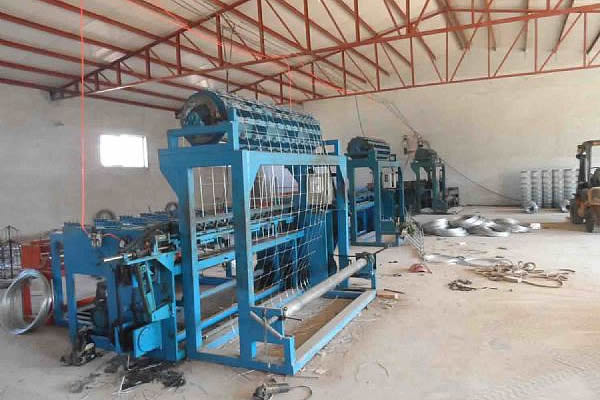 TEL:
+86-13102802206
TEL:
+86-13102802206
 Email:
fencenetting@china.com
Email:
fencenetting@china.com
 Language
Language
 TEL:
+86-13102802206
TEL:
+86-13102802206
 Email:
fencenetting@china.com
Email:
fencenetting@china.com
 Language
Language


The Symbolism and Significance of Barbed Wire on Boundary Walls
In contemporary society, barbed wire has become a potent symbol of division, control, and security. Often seen on the peripheries of prisons, military bases, and even private properties, its presence on boundary walls evokes a complex web of emotions and interpretations. Barbed wire, originally developed for agricultural fencing, has evolved into an emblem of confinement and exclusion, encapsulating the tension between safety and freedom.
The primary function of barbed wire is to deter unauthorized entry. When crisscrossed along boundary walls, it serves as a physical barrier that discourages intruders. In an age where security concerns are paramount—ranging from personal safety to national defense—barbed wire represents a practical solution to apprehensions surrounding trespassing and potential threats. However, its implementation raises significant questions about the nature of safety we seek to enforce. Is it genuine protection, or does it signify a deeper fear that permeates our society?
Visually, barbed wire has a stark and unwelcoming appearance. Its twisted metal and sharp points ignite associations with captivity and oppression. This imagery is especially poignant in contexts such as border walls between nations or fences surrounding refugee camps. The use of barbed wire in these scenarios often leads to a narrative steeped in conflict and the painful realities of displacement. It starkly contrasts the ideal of open borders that promote freedom and unity. Instead, it embodies a harsh segregation that reminds us of the barriers—both physical and psychological—that persist in our world.

Moreover, the presence of barbed wire on boundary walls raises ethical considerations about how societies manage borders and the movement of people. In instances where refugees seek safety from conflict or persecution, the very barriers designed for protection can become instruments of exclusion. The juxtaposition of barbed wire with humanitarian needs fosters debate about our responsibilities to those fleeing dire situations. Can we justify the use of such restrictive measures in light of human rights and dignity? This discourse forces us to confront the implications of security measures and the values they reflect.
In contrast to its connotations of division, barbed wire can also represent resilience and resistance. For some, it symbolizes the fight against oppression and the struggle for autonomy. Historically, movements against tyranny and injustice have often adopted the imagery of barbed wire to highlight their plight. In this light, boundary walls topped with barbed wire transform from symbols of confinement into rallying points for change, showcasing the indomitable spirit of those who challenge the status quo.
In recent years, there has been a growing movement towards reimagining spaces defined by barbed wire. Artists and activists are employing innovative strategies to transform these stark environments, creating areas that promote dialogue and understanding instead of fear and separation. Initiatives such as art installations, community gardens, and open forums encourage collaboration across divides, fostering connections that challenge the necessity of physical barriers.
In conclusion, barbed wire on boundary walls is a multifaceted symbol that reflects the complexities of modern society. It embodies the delicate balance between security and freedom, protection and exclusion. As we navigate these themes, it is crucial to engage in critical conversations about the implications of such barriers and to seek alternatives that honor our shared humanity. In striving for a world marked by inclusivity and compassion, we can hope to dismantle the walls—both literal and figurative—that separate us, ultimately allowing for a more unified and understanding global community.